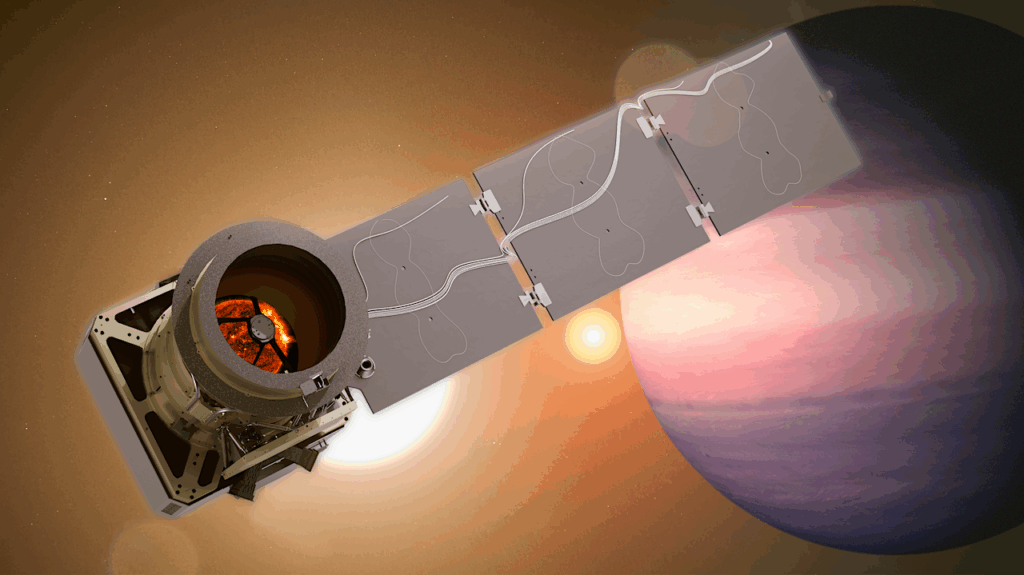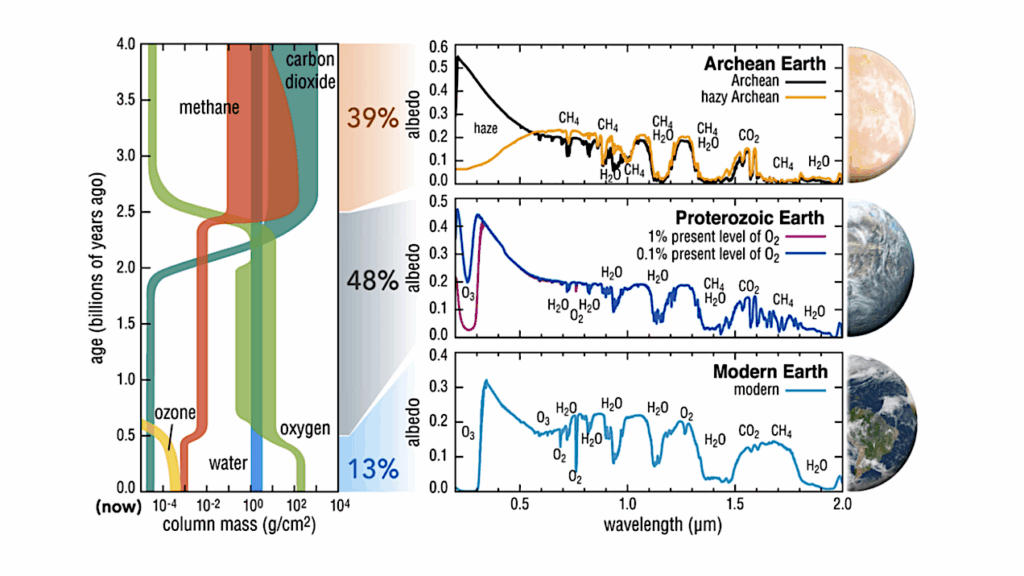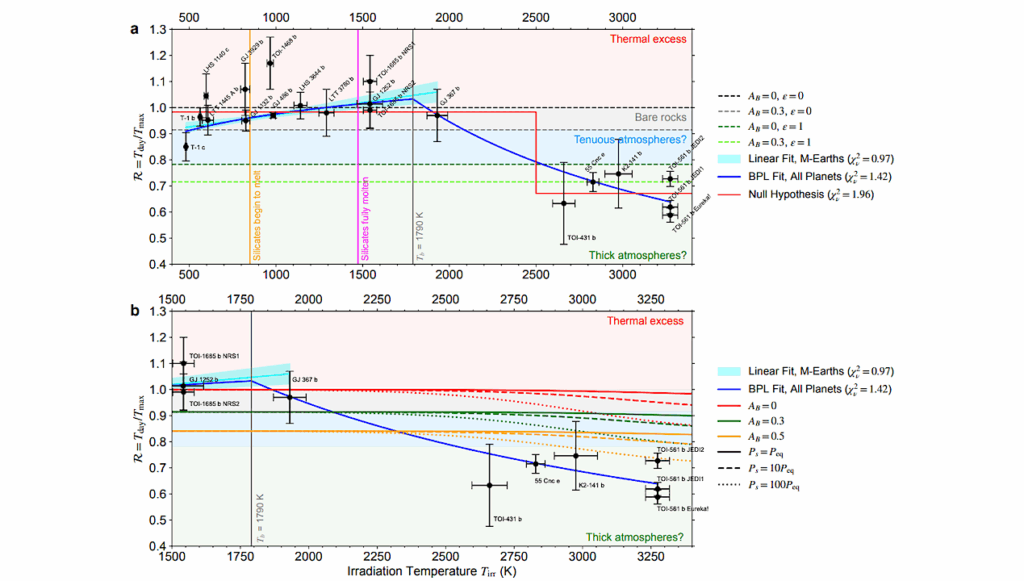Large Interferometer For Exoplanets (LIFE): VIII. Detecting Rocky Exoplanets In The Habitable Zones Of Sun-like Stars

While previous studies have shown a strong preference for a future mid-infrared nulling interferometer space mission to detect habitable zone planets around M-dwarfs, we here focus on a more conservative approach towards the concept of habitability and present yield estimates for two stellar samples consisting of nearby (d<20 pc) Sun-like stars (4800-6300 K) and nearby FGK-type stars (3940-7220 K) accessible to such a mission.
Our yield estimates are based on recently derived rocky planet occurrence rates from the Kepler mission and our LIFE exoplanet observation simulation tool LIFEsim, which includes all major astrophysical noise sources, but no instrumental noise sources, yet.
Depending on a pessimistic or optimistic extrapolation of the Kepler results, we find that during a 2.5-year search phase LIFE could detect between ~10-16 (average) or ~5-34 (including 1-σ uncertainties) rocky planets (0.5-1.5 REarth) within the optimistic HZ of Sun-like stars and between ~4-6 (average) or ~1-13 (including 1-σ uncertainties) exo-Earth candidates (EECs) assuming four collector spacecraft equipped with 2 m mirrors and a conservative instrument throughput of 5%. With D=3.5 m or 1 m mirrors, the yield Y changes strongly following approximately Y∝D3/2.
With the larger sample of FGK-type stars, the yield increases to ~16-22 (average) rocky planets within the optimistic HZ and ~5-8 (average) EECs. Furthermore, we find that, besides the mirror diameter, the yield depends strongly on the total throughput, but only weakly on the exozodiacal dust level and the accessible wavelength range of the mission.
When focusing entirely on Sun-like stars, larger mirrors (~3 m with 5% total throughput) or a better total throughput (~20% with 2 m mirrors) are required to detect a statistically relevant sample of ~30 rocky planets within the optimistic HZ.
Jens Kammerer, Sascha P. Quanz, Felix Dannert, the LIFE Collaboration
Comments: 21 pages, 13 figures, accepted for publication in A&A
Subjects: Earth and Planetary Astrophysics (astro-ph.EP); Instrumentation and Methods for Astrophysics (astro-ph.IM)
Cite as: arXiv:2210.01782 [astro-ph.EP] (or arXiv:2210.01782v1 [astro-ph.EP] for this version)
https://doi.org/10.48550/arXiv.2210.01782
Focus to learn more
Submission history
From: Jens Kammerer
[v1] Tue, 4 Oct 2022 17:50:19 UTC (1,143 KB)
https://arxiv.org/abs/2210.01782
Astrobiology,








